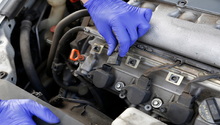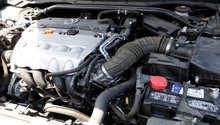Acura TL 2009-2014: Performance Diagnostic Guide
Performance issues can be frustrating. If you feel like your Acura TL isn't performing like it usually does, then read on to learn how to diagnose it yourself.
This article applies to the Acura TL (2009-2014).
Do you feel like your Acura TL isn't accelerating like it usually does? Does it feel like it's being restricted? Performance issues can be caused by one or more parts that have gone bad. Most performance modifications are easy fixes, and a lot of the parts that affect the performance are included in the basic maintenance intervals. The dealership can charge you over a hundred dollars just to inspect your car and tell you what the culprit is; however, this guide will show you how you can diagnose the performance issues yourself in the Acura TL.

Materials Needed
- Socket
- Long screwdriver
- New engine air filter (optional)
Step 1 – Check the engine air filter
It could be dirty and clogged.
The engine air filter is designed to filter the air coming from outside of the engine compartment and into your engine. The factory recommends you replace the air filter bi-annually; however, if you live in a dusty area, it would do your engine well to replace the filter more regularly (it's cheap, about $10 at your local auto parts store!). Once you get past that two-year service, the air filter starts getting really dirty and even clogged, which restricts the air going into your engine, therefore decreasing its performance. The air filter can be found under the hood, inside the air box. Simply unclip the three clips around the box, lift up the lid, and remove the air filter.
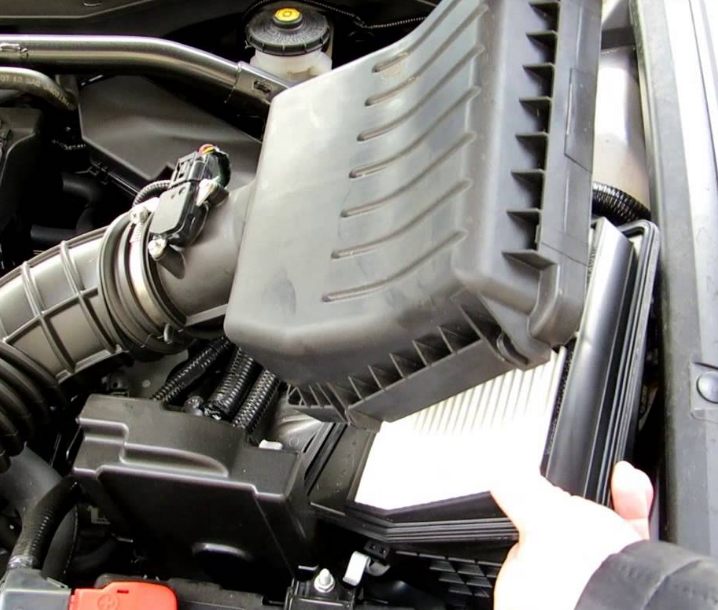
If the engine air filter is clean, proceed to Step 2.
Step 2 – Check the engine oil
It could be low or old.
The engine's oil should always remain at proper level, not to mention in good condition. Your Acura uses a maintenance minder that counts down and notifies you when any sort of service is due, and oil changes tend to come around every 5,000 miles or so. However, some engines tend to consume, or burn, oil. Checking your dipstick takes almost no time and can tell you whether your ride is good to go or needs a quick top up on oil between services. Don't ever drive the car with low engine oil, or else you can cause permanent damage to your engine.
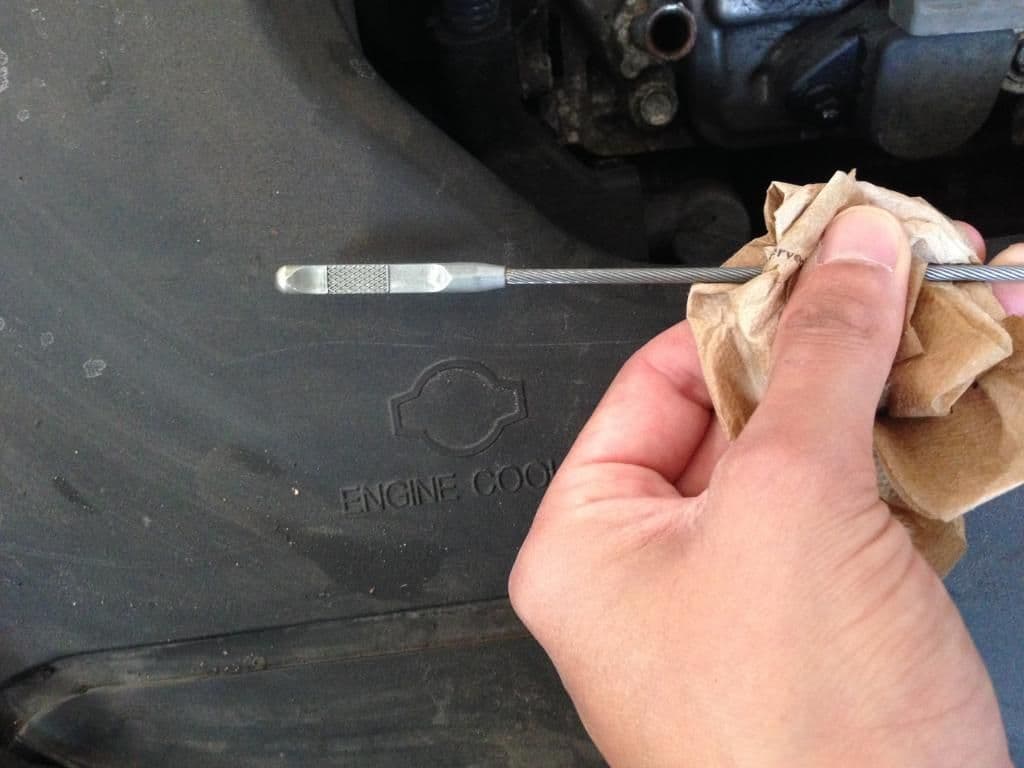
If the engine oil is at the proper level and is in good condition, proceed to Step 3.
Step 3 – Check the spark plugs
They could be worn or damaged.
Spark plugs cause ignition to happen in your cylinders. As the plugs age and wear, their ability to produce spark can be compromised, and if they degrade too far this can result in misfires. Plugs are cheap and easy to replace. Although Acura says they only need to be replaced every 105,000 miles, along with a bunch of other components, not all cars are created equal; some cars may go through plugs much faster than that.
With a cold engine, remove the ignition coil on top of the plug, unscrew the plug from the cylinder head, and inspect the electrode (tip) of the plug. If it's a nice, mild brown color, it's perfect. If the tip of the plug is pitch black or bright white, or the gap of the plug has closed altogether, you likely have a poorly running engine due to a bad oxygen (O2) sensor, which you should also replace.
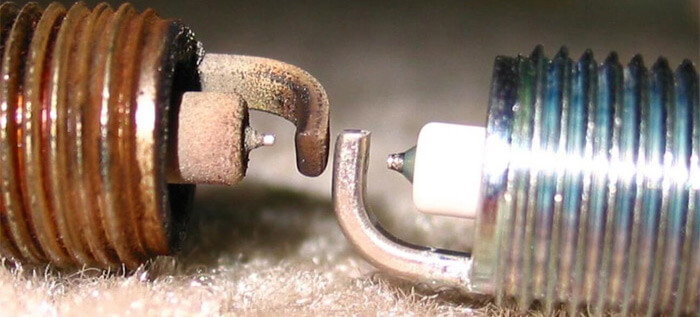
If the spark plugs are in good condition, proceed to Step 4.
Step 4 – Check the fuel injectors
They could be clogged or faulty.
The fuel injectors inject fuel into the intake manifold, right before it goes into the cylinder. With the proper amount of fuel injected with the proper amount of air, and the proper amount of spark, the combustion process happens and your engine performs. If one or more of the injectors aren't spraying the proper amount, or aren't spraying at all, your engine won't get the proper amount of fuel, which can affect the performance of the car.
To inspect the operation of the fuel injectors, start the car and put a long screwdriver on the butt of the injectors, then place your ear on the other end of the screwdriver. If you hear a buzzing sound, this means your injector is working properly. If you don't hear anything at all, then you need to replace your injectors.
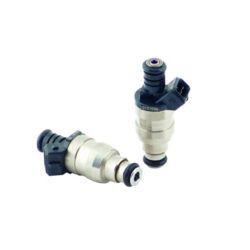
Related Discussions
- J-series V6 TSB List - AcuraZine.com
- Excessive Oil Consumption - AcuraZine.com
- Acceleration Problems - AcuraZine.com
- Issues to Watch Out For - AcuraZine.com

